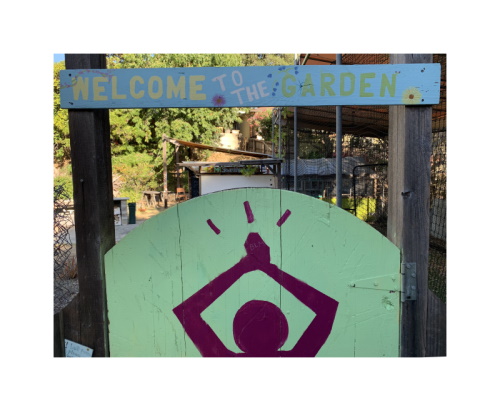Welcome to the Virtual Youth Summit on Food and Education
A global and virtual platform for students and educators to showcase original video projects that focus on food and education.
Click on these links to find out more…
About
The aim of the Virtual Youth Summit on Food and Education is to enable you – students and educators – to show the world how food can be the focus of education, whether that be geography, chemistry, art, history, social justice, the environment, or any other subject close to your heart.
All you need to do is register your interest, create a video project focused on food with your students, and upload it to this web-based platform. The Virtual Summit will be held on 10 May, 2021 and, on that date, your video project will be available for all to see and share, along with many others from around the world.
Watch Dr Christian Nansen’s video explaining his vision for the Virtual Youth Summit on Food and Education.
Why Get Involved
Watch this video from Chaparral School in the US, which explains why outdoor learning has such a positive effect on elementary school students.
Watch this video from Chaparral School in the US, which explains why outdoor learning has such a positive effect on elementary school students.
Ideas and Inspiration
Many of the inspirations for the Virtual Youth Summit on Food Education came from California-based high school Marin Academy’s (MA’s) science garden. Science teacher Stori Oates offers some ideas for video projects.
For example, students from MA have explored the benefits of genetically-modified crops on growth rates and soil health, and calculated the biodiversity of beneficial insects that regularly visit the school’s garden.
In this PDF, you will find ideas that relate to specific subject areas.
Imagine, for example, biology, ecology and environmental science centred on projects relating to the growth of plants and animals. Or literature, history, sociology and humanities focusing on the importance of food and concepts like ‘breaking bread’, feasts and banquets. Just think of how explorations by Vikings, Columbus, Marco Polo, etc. were largely driven by trade in spices, tea, sugar, coffee, silk and cotton… And then imagine your students turning these food-related projects into 3-5 min videos, which you upload to this Summit to share with other educators and students around the world.
In this PDF, you will find ideas that relate to specific subject areas.
Imagine, for example, biology, ecology and environmental science centred on projects relating to the growth of plants and animals. Or literature, history, sociology and humanities focusing on the importance of food and concepts like ‘breaking bread’, feasts and banquets. Just think of how explorations by Vikings, Columbus, Marco Polo, etc. were largely driven by trade in spices, tea, sugar, coffee, silk and cotton… And then imagine your students turning these food-related projects into 3-5 min videos, which you upload to this Summit to share with other educators and students around the world.
“I am proposing a full commitment to ‘food’ as the underlying driver of an educational curriculum. And I am arguing that such a focus on food would strengthen, not weaken, the academic rigour that could be delivered to students of all age groups. That is, ‘food’, as an educational denominator, can be taught and approached with multiple goals in mind, and these would be similar to the current distinctions between practical and more theoretical classes.”
Click on the PDF to read the full article.
In the activity sheet, Christian’s daughter Molly explains how cabbage can be used to teach a whole range of subjects, including graphs, data, research, imperial and metric units, proteins, vitamins, maps, cooking and nutrition.
For example, cabbage is a great source of vitamin K, which plays an important role in human health. Molly found out that your weight and age affect how much vitamin K you will need to keep healthy. Multiply your age by 2.9 and add 29. Molly is 11 years old:
2.9×11=31.9 31.9+29=60.9
Molly needs to consume around 60.9 micrograms of vitamin K a day. The question is, how would she do that? By eating 105 grams of cabbage a day.
Click on the PDF for more activities.
In the activity sheet, Christian’s daughter Molly explains how cabbage can be used to teach a whole range of subjects, including graphs, data, research, imperial and metric units, proteins, vitamins, maps, cooking and nutrition.
For example, cabbage is a great source of vitamin K, which plays an important role in human health. Molly found out that your weight and age affect how much vitamin K you will need to keep healthy. Multiply your age by 2.9 and add 29. Molly is 11 years old:
2.9×11=31.9 31.9+29=60.9
Molly needs to consume around 60.9 micrograms of vitamin K a day. The question is, how would she do that? By eating 105 grams of cabbage a day.
Click on the PDF for more activities.
Getting Involved
It’s simple!
1) Register your interest
2) Create your video project focused on food
3) Upload it to this platform.

All Futurum content is produced, created and published under the Creative Commons license: Attribution-NonCommercial 4.0 International (CC BY-NC 4.0): https://creativecommons.org/licenses/by-nc/4.0/. This means that you are free to share (copy and redistribute the material in any medium or format) and adapt (remix, transform and build upon the material).





